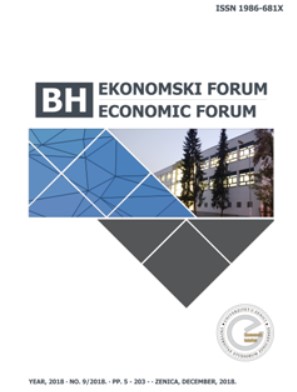ASSESSING THE EUROPEAN CENTRAL BANK’S UNCONVENTIONAL MEASURES - A RECURSIVE VAR APPROACH
ASSESSING THE EUROPEAN CENTRAL BANK’S UNCONVENTIONAL MEASURES - A RECURSIVE VAR APPROACH
Author(s): Filip PEOVSKI, Gjorgji GockovSubject(s): Economic policy, Methodology and research technology, Economic development, Financial Markets
Published by: Ekonomski fakultet - Univerzitet u Zenici
Keywords: Unconventional monetary measures; price stability; policy interest rates; recursive VAR model;
Summary/Abstract: Unconventional monetary measures utilization has proven to be of great importance in maintaining monetary and economic stability after the Great Recession. However, we aim to test this conclusion through the impact of the quantitative easing implemented by the European Central Bank. Observed through generated shocks in the balance sheet of the Eurosystem as our main variable, we tested whether quantitative easing reestablished economic growth and rose price levels, mainly through lowering borrowing costs for banks, thus helping in the post-crisis recovery. To prove our hypotheses we construct a recursive VAR model estimated in levels using 2014M05-2018M12 data. The model incorporates variables such as the industrial production and the HICP, as output and price level proxies, and financial components such as the EONIA-MRO spread and the CISS index. The results show that the expansion shocks of the consolidated balance sheet have a positive temporary influence on industrial production and the HICP, but the reaction of the former seems to be 2.24 times greater. On the other hand, we find out that quantitative easing has an expected negative impact in widening the EONIA-MRO spread. Furthermore, we could not confirm the theoretically expected accommodative impact on financial stress.
Journal: BH ekonomski forum
- Issue Year: 2021
- Issue No: 13
- Page Range: 11-27
- Page Count: 17
- Language: English

